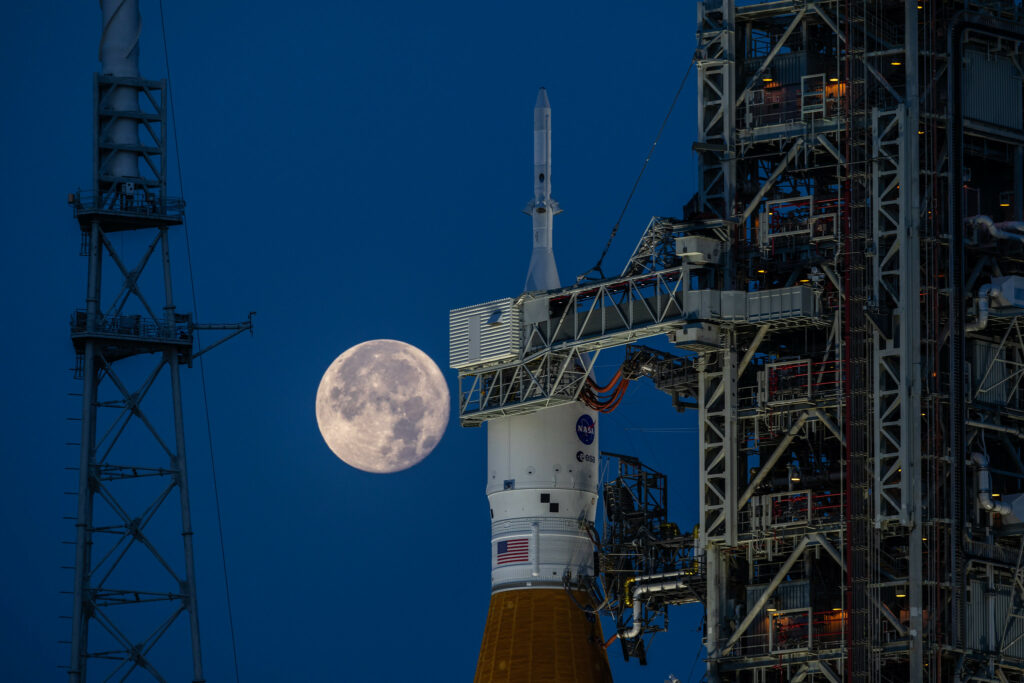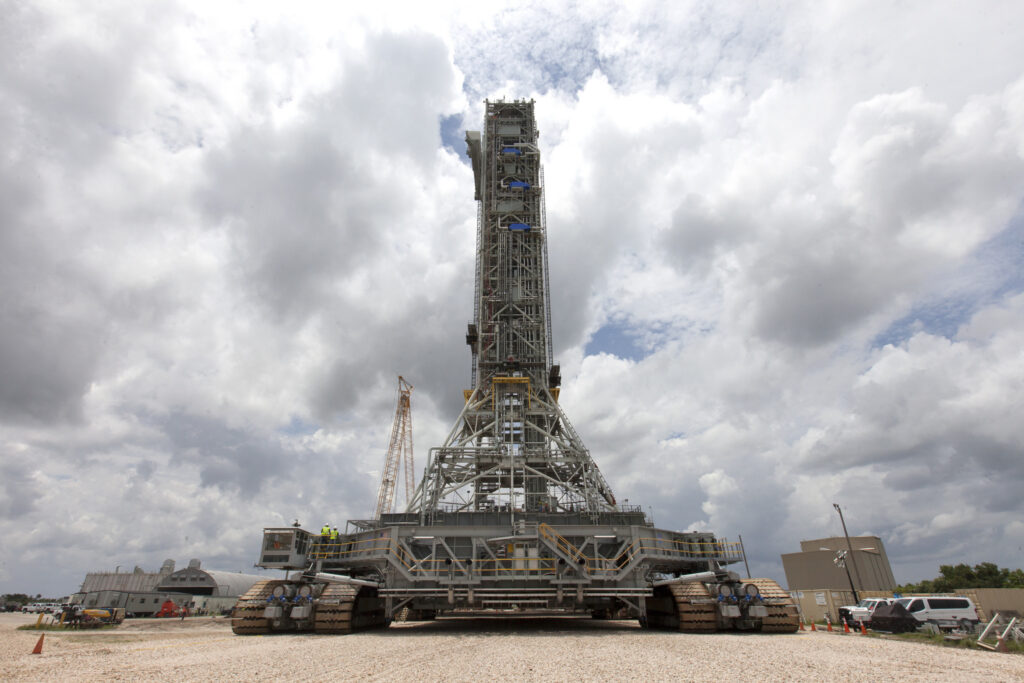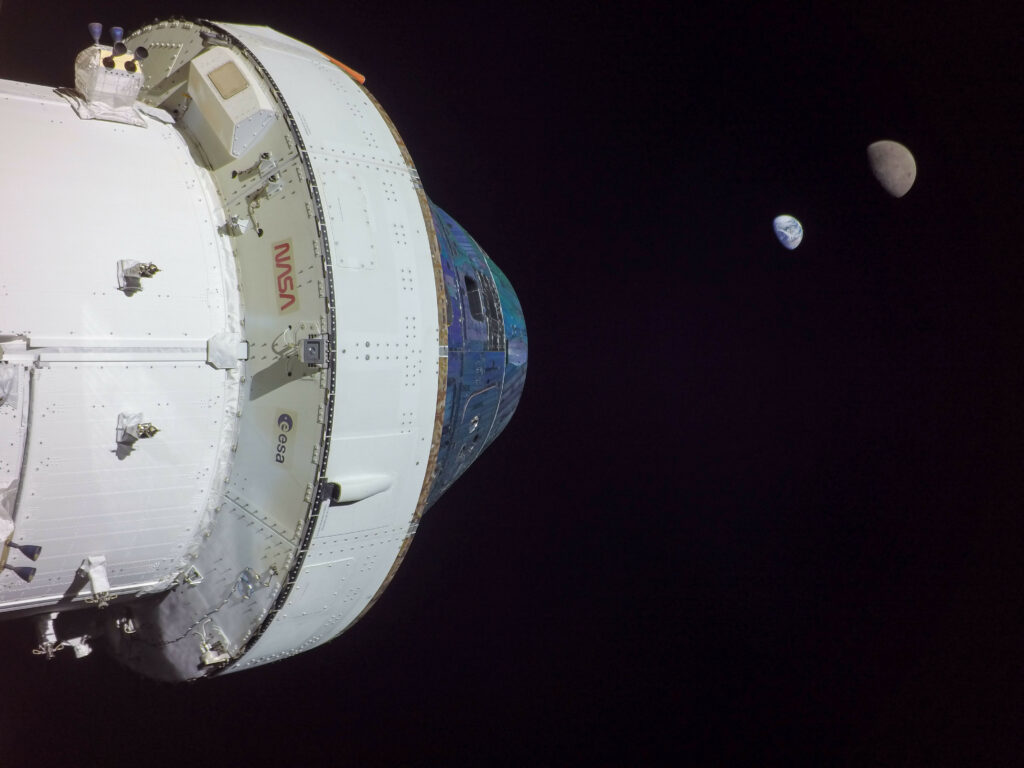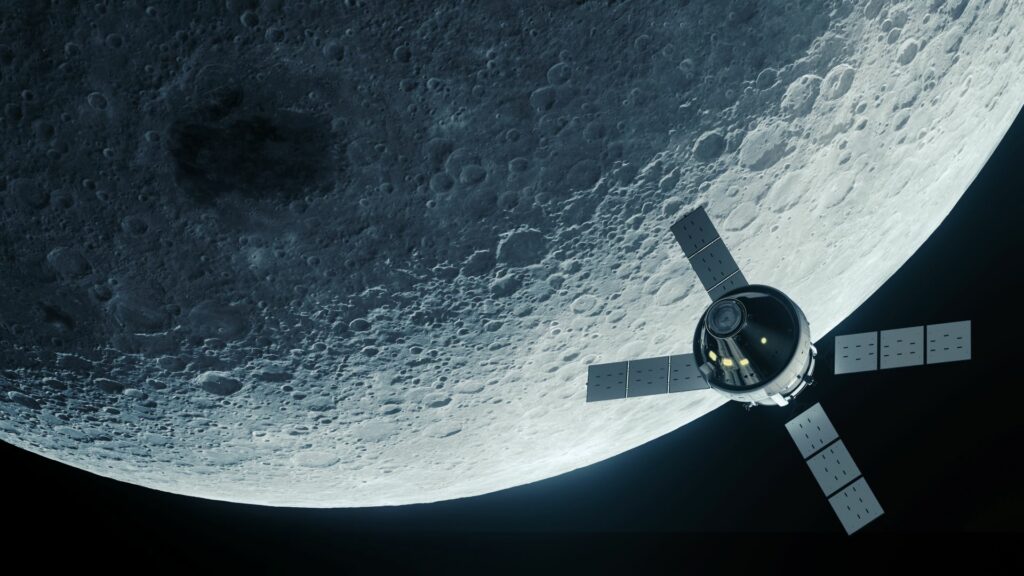During the analysis of the data collected during the flight of the Orion spacecraft, NASA specialists did not identify significant problems that could interfere with the implementation of the next Artemis II lunar mission. This was announced at a briefing held on March 7.
SLS Rocket
The SLS rocket fully fulfilled the tasks assigned to it, and its characteristics corresponded to the planned ones. The carrier brought the Orion spacecraft into the required orbit, informed the spacecraft of the required speed, and all its solid-fuel boosters and stages successfully separated.

Mobile launcher platform
One of the most significant problems identified during Artemis I was larger than expected, it was damage to the mobile launch platform. They include corrosion to pneumatic, or air-filled, and cryogenic fueling lines, detached welds on tubing, approximately 60 broken panels and cabinets with instrumentation, as well as the destruction of several elevators and blast shields. NASA engineers are currently repairing the disabled components. In addition, in preparation for the Artemis II mission, they plan to modernize the platform, which will increase its stability.

Orion Spacecraft
In general, the Orion spacecraft showed its best side. During the flight, it transmitted more than 155 gigabytes of telemetry to Earth. Orion completed 161 test tasks, including 20 added already during the mission itself. And its service module generated about 20% more and consumed 25% less energy than the calculations suggested.

One of the main problems identified during the flight was the spontaneous opening of current limiters. They are devices that are part of the power conditioning and distribution unit responsible for receiving the energy generated by solar panels and preparing it for distribution to systems. To fix the problem, engineers are studying telemetry and plan to test the Orion service module in flight configuration.
One more remark concerns the Orion heat shield. The inspection showed that during the return to Earth, the material covering it evaporated not as expected by engineers based on the results of ground tests and computer modeling. At the same time, according to experts, this situation did not affect the safety of the spacecraft in any way, because its heat shield had more than a sufficient supply of untouched material.
Artemis II Mission
NASA is already actively working on the preparation of the next Artemis II expedition, during which four astronauts will fly around the Moon. The first stage of the SLS rocket for this mission will be delivered to the Kennedy Space Center in the summer. Specialists are also preparing for the reuse of some components of the Artemis I capsule. Among them are phased array antennas, an image processing unit, GPS receivers and inertial measuring devices.

Assembly of the SLS and Orion will begin in the first quarter of 2024. The launch of Artemis II is currently scheduled for the end of 2024.
According to https://www.nasa.gov
Follow us on Twitter to get the most interesting space news in time
https://twitter.com/ust_magazine

